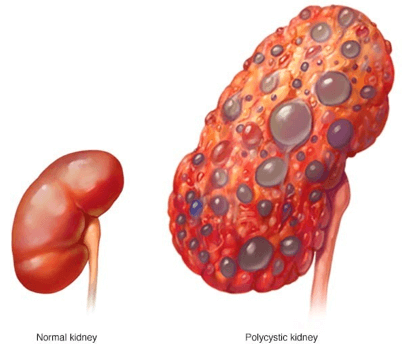A client is being treated for chronic kidney disease (CKD). On examination, the client has an elevated blood pressure (BP) and is exhibiting changes in mental status. Which intervention in the plan of care should the practical nurse (PN) implement?
Use a cushion when sitting.
Perform range of motion exercises.
Document abdominal girth.
Weigh every morning.
The Correct Answer is D
This is the best intervention for the PN to implement because it monitors the client's fluid status and helps detect fluid overload, which can cause hypertension and neurological changes. The PN should weigh the client at the same time, on the same scale, and with the same clothing every day.

Nursing Test Bank
Naxlex Comprehensive Predictor Exams
Related Questions
Correct Answer is D
Explanation
A) Incorrect- While notifying the healthcare provider is an important step to take after an error, it's not the first action the nurse should take. The immediate concern is the client's safety and well-being, so assessing the client for any adverse effects of the incorrect dose is the priority.
B) Incorrect- Documentation is important, but it's not the first action to take after administering an incorrect medication dose. The nurse should prioritize assessing the client for any adverse effects and ensuring their immediate safety.
C) Incorrect- Completing an incident report is an important step to document errors and prevent future occurrences, but it's not the initial action to take. First, the nurse should focus on the client's well-being by assessing for adverse effects.
D) Correct- Assessing the client for any adverse effects is the immediate priority when an incorrect dose of medication has been administered. The nurse's first concern is the safety and health of the client. Once the client's condition has been assessed and stabilized, further actions can be taken, such as notifying the healthcare provider and completing incident reports.
Correct Answer is D
Explanation
A) Incorrect- While monitoring urinary output is important for overall assessment, it is not the most critical intervention in this situation of suspected stroke. The client's neurological symptoms take precedence.
B) Incorrect- Positioning might be relevant to preventing complications, but it is not the highest priority intervention in this situation. The focus should be on assessing the client's neurological status and determining appropriate intervention.
C) Incorrect- Although head positioning is relevant for intracranial pressure management, it is not the immediate priority. The nurse should first assess the time of symptom onset and determine if the client is experiencing an acute stroke.
D) Correct- The client's symptoms, including sudden severe headache, facial numbness, facial droop, and weakness on one side, are suggestive of a stroke. The nurse should prioritize assessing the time of symptom onset, as time is a crucial factor in determining the appropriate intervention. Rapid intervention can improve outcomes in stroke cases, especially when considering interventions like thrombolytic therapy. The other options are not as directly relevant to the immediate management of a suspected stroke.
Whether you are a student looking to ace your exams or a practicing nurse seeking to enhance your expertise , our nursing education contents will empower you with the confidence and competence to make a difference in the lives of patients and become a respected leader in the healthcare field.
Visit Naxlex, invest in your future and unlock endless possibilities with our unparalleled nursing education contents today
Report Wrong Answer on the Current Question
Do you disagree with the answer? If yes, what is your expected answer? Explain.
Kindly be descriptive with the issue you are facing.
